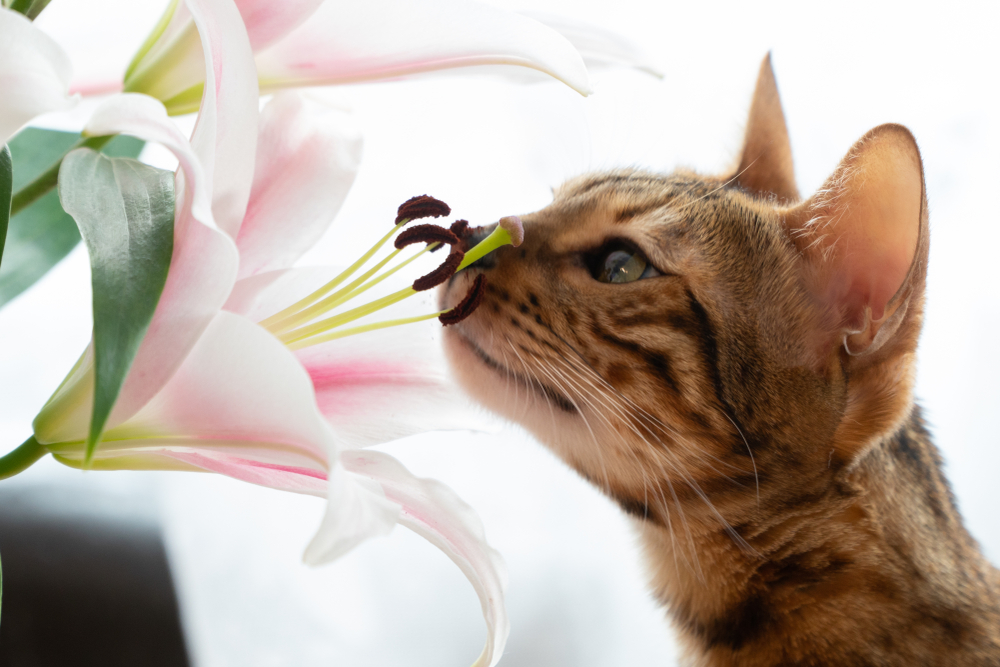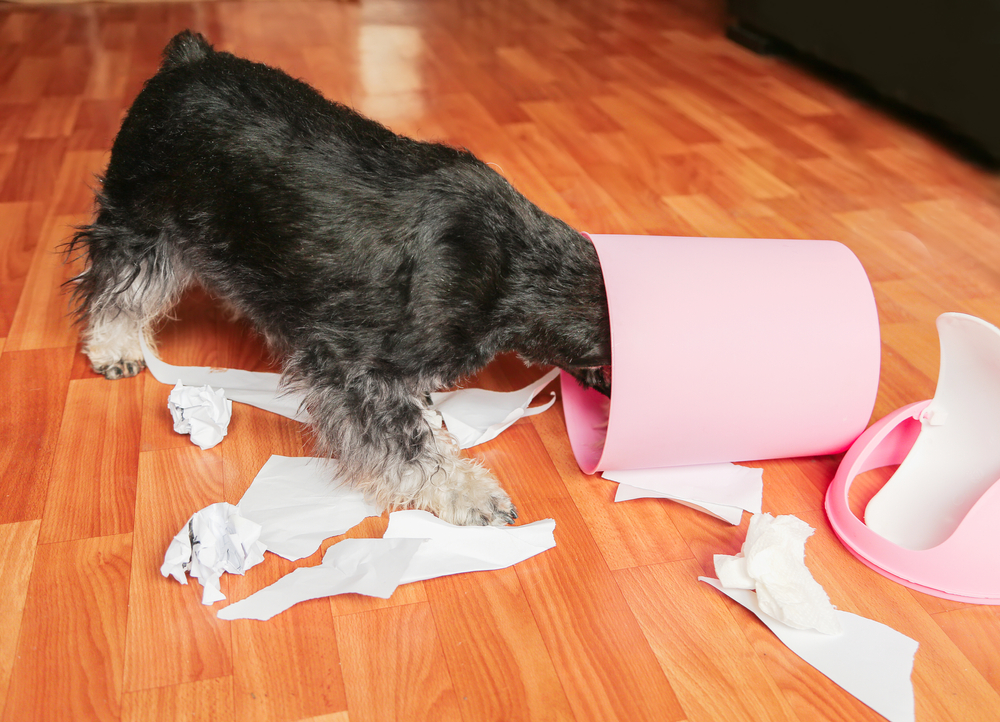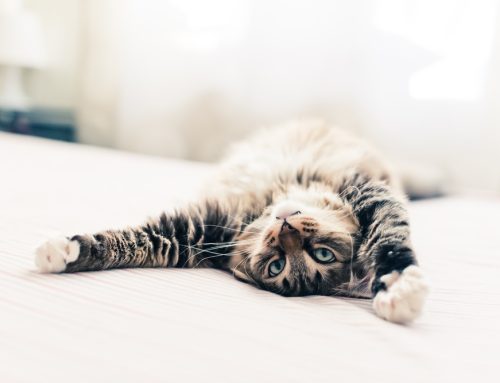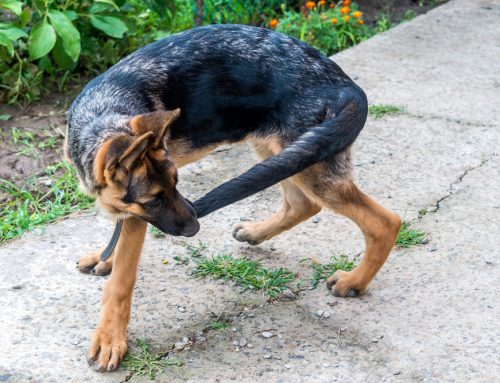Pet poison control agencies receive thousands of calls each year about pets who have consumed toxic items. Owners often admit they didn’t realize how dangerous many common household items can be for pets. March is National Pet Poison Prevention Month, and our Fremont Animal Hospital team is spreading the word about the dangers of pet accidental poisoning, and how to prevent your furry pal from experiencing an emergency. Read our team’s five tips to protect your pet from accidental toxin ingestion.
#1: Never share your medication with or among pets
Every year, many pets suffer unnecessary health issues—some of which are fatal—when their owners give their furry pal medications prescribed for themselves. While some medications are commonly prescribed to humans and pets—such as amoxicillin, Prozac, tramadol, and prednisone—never share your medications with your pet. People and pets often metabolize (i.e., break down) medications differently, and a drug that helps you feel better could make your pet extremely ill. Never give your pet any kind of over-the-counter (OTC) or prescription medication without your veterinarian’s recommendation.
Similarly, giving one pet’s medication to another pet can be dangerous. Medicine prescribed for your dog can be harmful to your cat. Many canine prescription and OTC flea and tick medications—usually applied topically—contain the synthetic compound permethrin, which is safe for dogs, but highly toxic to cats. Permethrin can cause a cat to experience seizures, coma, and, in severe cases, death. To determine which medication will most effectively help your pet, always consult your veterinarian.
#2: Protect your pet from accidental medication ingestion
Refraining from giving your pet a medication that your veterinarian has not approved is important for preventing potential poisoning. However, OTC and prescription medications intended for people are everywhere—in purses and backpacks, and on nightstands and countertops. Oftentimes, pet owners do not notice they have dropped a small pill on the floor. Keep all medications—yours and your pet’s—securely stored, if possible, in a high cabinet that latches. In addition, always ensure you take your medications alone in a room with the door closed—away from your pet—so they cannot quickly snatch a pill if you accidentally drop one.
#3: Resist the temptation to share foods with your pet
Some pet owners view sharing table scraps with their pet as a tangible way to express their love, and while their heart is in the right place, the consequences can be life-threatening if you share food intended for people with your pet—no matter how much they plead. Many foods people enjoy are toxic to their pets, and even foods that aren’t toxic can upset your pet’s stomach. Avoid sharing the following toxic foods with your pet:
- Alcohol
- Onions, garlic, leeks, and chives
- Grapes and raisins
- Macadamia nuts
- Xylitol (i.e., sugar substitute)
- Chocolate, coffee, and caffeine
- Alcohol
- Yeast dough
#4: Keep pets safe around cleaning products
If your idea of a good time is scrubbing the house from top to bottom, we commend you—and would love to invite you over any time you get a cleaning bug! However, when you are disinfecting and cleaning, remember to take precautions to avoid making your pet ill. The ingredients that make disinfectants effective—alcohol, bleach, hydrogen peroxide, and chemical compounds that contain the term phenol—also make these products toxic to pets. To keep your pet safe while cleaning your house, follow these tips:
- Read product labels carefully — Use cleaning products that specify they can be used safely around pets. Avoid cleaning products that have toxic ingredients or hazard warnings, such as danger, warning, and caution. Always use cleaning products in well-ventilated areas.
- Keep your pet out — The easiest way to keep your pet safe when using potentially dangerous products is to keep them out of the room when you are cleaning. If you wet floors or counters with disinfectants and cleaners, keep your pet away until they dry. Ideally, rinse floors with water.
- Store cleaning products securely — After you use any household cleaning product, store them in a secure place that pets cannot reach, such as in a high cabinet with a pet lock.
#5: Replace poisonous plants with pet-friendly options

Nothing brightens up a room or boosts your mood quite like a beautiful flower arrangement. Unfortunately for pet owners, many common plants are not safe for cats and dogs, and can lead to gastrointestinal (GI) issues or more serious health conditions if their curious pet nibbles them. Plants to avoid include:
- Lilies
- Daffodils
- Crocuses
- Sago palms
- Tulips
- Hyacinths
- Irises
You don’t have to give up plants altogether. Swap out toxic plants for pet-friendly options. If you aren’t sure if a plant or flower is pet-safe, visit the American Society for the Prevention of Cruelty to Animals (ASPCA) Toxic and Non-Toxic Plants guide, which is a full searchable list of plants that are toxic to pets.
Many common household items can be highly toxic to pets. However, by following our tips, you can help prevent your pet from being poisoned. We recognize that accidents happen, and pets inadvertently ingest toxins each day. If you suspect your pet has ingested a toxin, time is of the essence. Immediately contact our Fremont Animal Hospital team or the Pet Poison Helpline for guidance.






















Leave A Comment